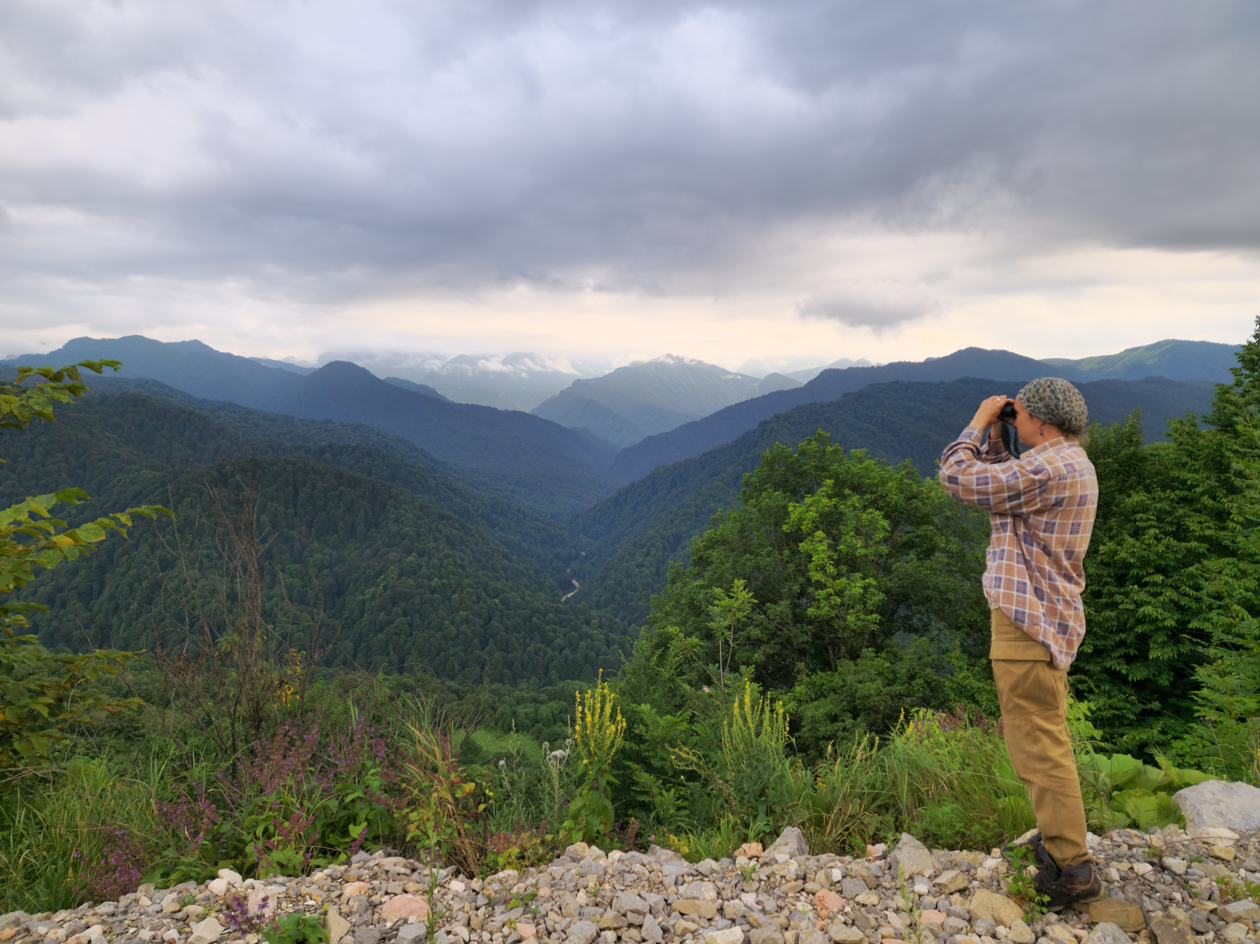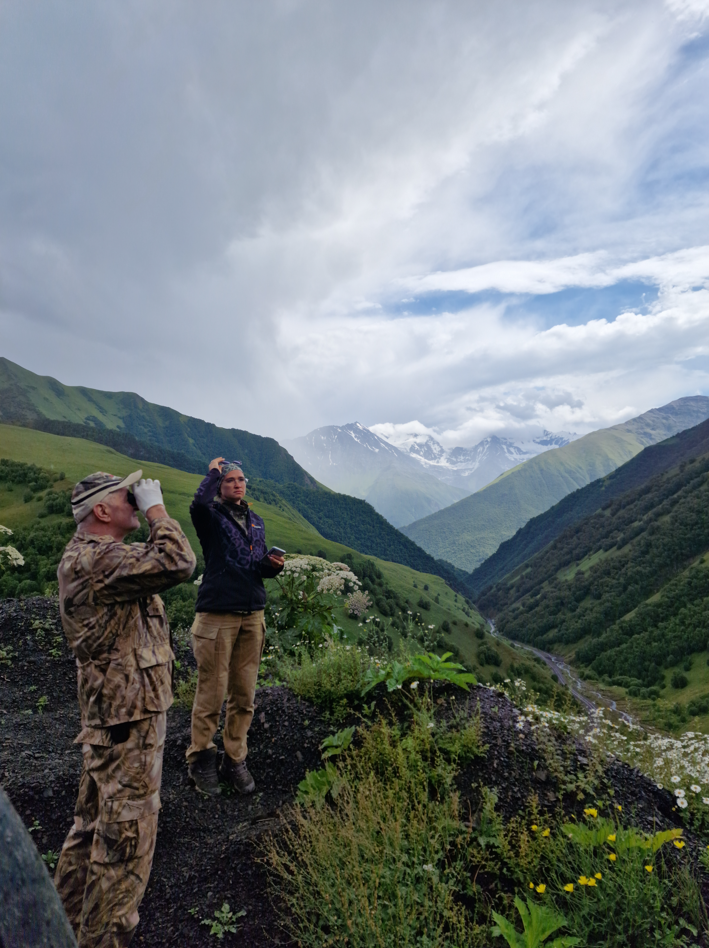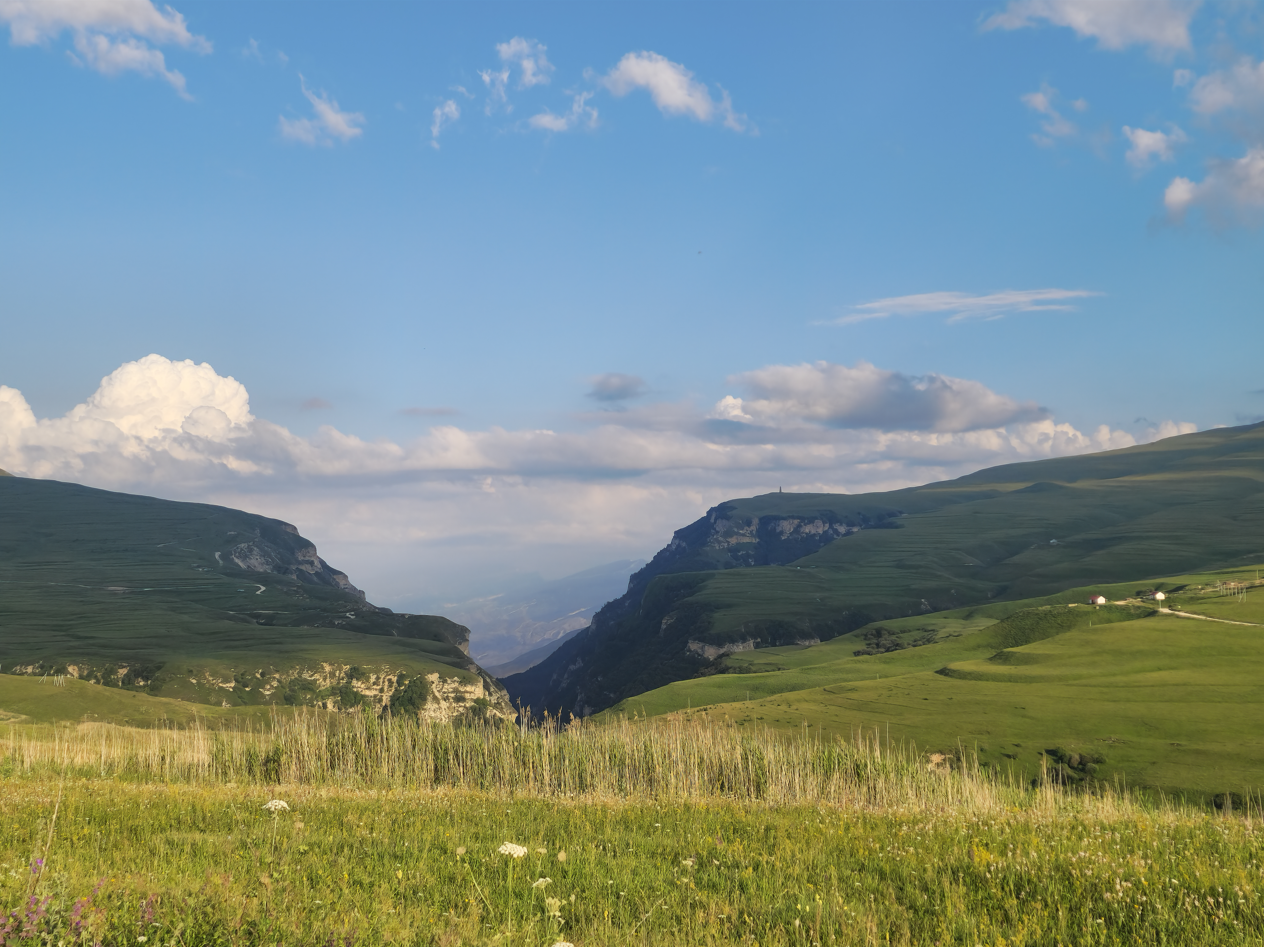
In the Russian Caucasus, where the Persian leopards were exterminated in the 1950s, the Russian Ministry of Natural Resources, with the participation of the Sochi National Park, the Caucasus Nature Reserve, the Institute of Ecology and Evolution of the Russian Academy of Sciences, the Moscow Zoo and other organizations, as well as with the assistance of the International Union for Conservation of Nature (IUCN) and the European Association of Zoos and Aquariums (EAZA), is implementing a project to restore this predator. As a result of the reintroduction work, this spotted cat is returning to the mountainous zone of the Caucasus. The released leopards also attract wild relatives that appear here as a result of natural dispersal processes - they are recorded in areas where they have not been noted or have been noted sporadically over the past decades. Therefore, in order to continue the project to restore the leopard in the Caucasus, information on the current state of habitats and the degree of their suitability for the species in different parts of its range, which in the Russian Caucasus is its northwestern edge, is in great demand.

The staff of the A.N. Severtsov Institute of Ecology and Evolution of the Russian Academy of Sciences (IEE RAS) carried out work for the territory of the Chechen Republic, where up-to-date information on the state of nature has been absent for objective reasons since the 1980s. Three expeditions were carried out to Chechnya, during which they performed a geobotanical description and examined the state of habitats of the main mammal species ecologically related to the leopard (its food objects and competitors), recorded traces of their presence in nature, formed sets of Earth remote sensing data (ERSD) and combined them with the collected field data. After that, machine learning approaches were applied, such as supervised classification with learning and spatial distribution modeling.

The modeling was based on a preliminary prepared map of habitat types in the Chechen Republic using a combination of multi-season Sentinel-2 satellite images and field geobotanical data (Aristarkhova E.A., Kotlov I.P., Iriskhanova Z.I., Arsanukaev D.D., Yachmennikova A.A., Rozhnov V.V. Integral vegetation map of biotopes in the southern part of the Chechen Republic (using modeling) // Geobotanical mapping. 2024. pp. 44–66.). Field zoological data were combined with raster data covering the properties of ecosystems that affect the likelihood of foraging, long-distance migration and short-distance migration, and shelter conditions that are important for the range of studied species ecologically related to the leopard. In particular, this is a digital elevation model and its derivatives (climate data, anthropogenic factor, etc.). Habitat suitability for the leopard's prey species and competitors (tur, bezoar ibex, chamois, wild boar, roe deer, hare, badger, jackal, wolf and bear) was then modelled. Spatial distribution maps for each species were used to create an integrated final map, taking into account the weighted impact of each species on leopard habitat. Thus, the presence of ungulates increased the suitability of habitats for leopards, while, for example, high bear density decreased it. A preliminary assessment of the degree of habitat disturbance-fragmentation (expressed as an ecological network) was made by superimposing the habitat type map on the integrated suitability map for leopards.
The study conducted by the IEE RAS staff fully assesses the territory of Chechnya suitable for the restoration of the leopard population and its characteristics. The scientists did not initially use the information obtained from the transmitter of one of the released leopards (female Khosta, released in 2022, RSO-Alania), which went beyond Ossetia, for modeling. However, to check the potential coincidence of the modeling results, they superimposed the track of this female on the resulting map and showed that Khosta used one of the few ecological corridors calculated by the IEE RAS staff on the way from Ossetia to Chechnya and back, which additionally validates the results obtained.
Thus, the data obtained will contribute to the fact that the measures taken to restore the Persian leopard in Chechnya will be more accurate and effective both in matters of planning protected areas and at the level of local events, as well as in matters of making strategic decisions. Based on habitat suitability studies, as well as prey and competitor densities, there is now every opportunity to restore a sustainable leopard population in east-southeast Chechnya and adjacent Dagestan, replenished both from natural foci and from the main reintroduction site in the Central Caucasus.
Publication: Rozhnov V.V., Yachmennikova A.A., Kotlov I.P., Arsanukaev D.D., Aristarkhova E.A., Magomedov M.-R.D., Weinberg P.I., Hernandez-Blanco J.A., Chistopolova M.D., Dronova N.A. Restoration of the Persian leopard in the Russian Caucasus: Suitability modeling of prey base and competitors, habitat fragmentation assessment // Biology Bulletin. 2024. Vol. 51, Suppl. 2. P. S242–S265. DOI: 10.1134/S1062359024612114
